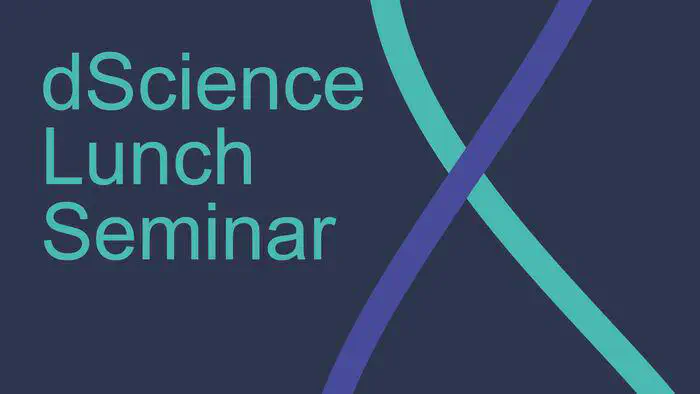Environmental Digital Twins

Abstract
This talk is concerned with Environmental Digital twins, i.e., digital twins of natural environments. We start by discussing digital twins in general. Digital twin applications use digital artifacts to twin physical systems. The purpose is to continuously mirror the structure and behavior of the physical system, such that stakeholders can analyze the physical system by means of the digital twin for, e.g., decision support, scenario exploration, model-based control, systematic reconfiguration, etc.
In this talk, we will discuss the basic concepts of a digital twin, and how digital twins differ from models and control systems. We show how digital twins can be realized in a framework that integrates models at runtime, semantic technology and simulation models, in order to leverage domain knowledge in model-based analysis driven by live data. We further discuss how a digital twin can systematically evolve over time to mirror a changing physical system. The talk will be illustrated by concrete easy-to-understand examples of digital twins, including our on-going work on digital twins for natural systems such as the Oslo fjord. Our work on a digital twin of the Oslo fjord suggests how physical simulators and domain knowledge can combine into a more general architecture for environmental digital twins.